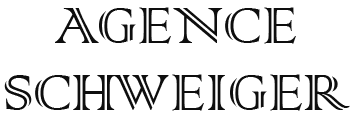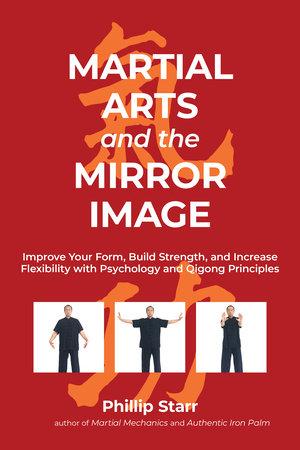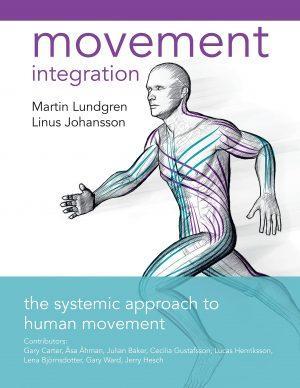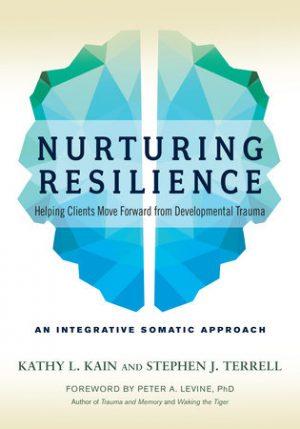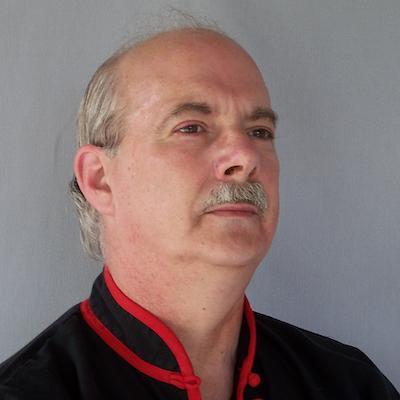Martial Arts and the Mirror Image
0,00 €
| Language of origin | |
|---|---|
| Publication date | |
| Infos : | Trade Paperback |
Improve Your Form, Build Strength, and Increase Flexibility with Psychology and Qigong Principles
A groundbreaking approach to martial arts combining Self-Image Psychology and Qigong.
Martial arts teacher Phillip Starr draws on more than sixty years of experience to introduce the Mirror Image Technique–a method that recognizes the reinforcing nature of body and mind. Our self-image expresses in how we stand, move, and hold ourselves in the world; and in martial arts, the way we move reflects the way we think on the mat, in practice, and when sparring.
Here, Starr pulls from Self-Image Psychology and Qigong to offer readers a unique set of physical exercises that can be applied to any martial art tradition–as well as our personal lives. Like two mirrors facing each other, the physical body both reflects and changes the mind, and vice versa: our physical movements become more than just the consequence of our intentions or thoughts. As we adjust the way we move, we adjust the way we think: about ourselves, our lives, and our environments.
Unlike other self-help books that consider the mind as the sole gateway to change, the Mirror Image Technique shows that cognitive transformation starts with the body. Starr takes readers through:
Demonstrating key principles of Qigong with exercises like The Unbreakable Arm and The Unliftable Body
Improving your stance
Increasing your strike force
Insights into the mindset for breaking boards (tameshiwari).
Intended to enhance growth and personal development, the techniques in Martial Arts and the Mirror Image lead to a renewal of confidence and enthusiasm for one’s particular practice.
